-

Livestock, Dairy, Equine, & Poultry Handling
Horse Management and the Land in the Fall
Fall can often be a busy season as temperatures drop, trees change colors and leaves fall and crisp, cool air often leads to more time outdoors. It’s also a great time for land, home and horse owners to consider dealing with not only leaves, but drainage issues, acorns, and storm preparedness. It is a great time to take a look around and assess the horse-keeping situation and be sure that acorns, leaves and drainage don’t cause issues. It is also a great time to get ready to deal with whatever Mother Nature may bring in the time and seasons to come.
-

Home Gardening & Landscaping
Jumping Worms
While most earthworms are not native to the United States., many earthworm species provide benefits to urban soils (those in landscapes, lawns and forests) by helping to improve the porousness of the soil, which improves drainage and aeration. Concern has grown over the last decade over several worm species, predominantly of the Amynthas spp., that are reported to cause soil damage, significantly changing its texture and composition. ‘Jumping worms’ is the common name for several similar-looking species.
-

Crop Production
Downy Mildew on Basil in the Greenhouse
Downy mildew on basil was first reported in the United States in 2007, in Florida. By 2008 and 2009, it was widespread in the Northeast. Downy mildew on basil is seed-borne, so infections can begin in the greenhouse. It is also readily spread by air-blown spores. This fact sheet should be of interest to commercial greenhouse growers.
-

Crop Production
Intumescences (Edema) on Greenhouse Tomatoes
Intumescences is an abiotic disorder that can affect greenhouse-grown tomatoes. It is a physiological disorder, not an infectious disease. It is also known as edema (oedema). The target audience of this fact sheet is commercial greenhouse growers.
-

Food & Nutrition
Handling Food with Mold
Many of soils throughout Connecticut tend to be more acidic, formed as rocks were ground and deposited by glaciation. The pH of soils cultivated for vegetable growing typically declines (becomes more acidic) gradually from the removal of calcium, magnesium and potassium ions–by leaching and crop uptake–and from the use of acid-forming fertilizers. Testing every year gives a more complete evaluation and is also appropriate when significant changes have been made in the fertilizer program. Reviewing fertilizer labelling is essential.
-

Food & Nutrition
Cracking the Code: Your Essential Guide to Egg Safety
Eggs can be a delicious protein diet staple when used in salads and sandwiches, or when used for their binding function in baking and holding together ground meats. However, consumers in general do not associate this protein-rich food with biological, food safety hazards. Eggs CAN carry harmful bacteria, such as Salmonella, and when improperly handled or prepared can cause foodborne illness.
-
 picture_as_pdf
picture_as_pdf
Environment, Land Use & Planning
Managing Your Private Well: Testing and Treatment Guide [PDF]
If you’re wondering why no one’s told you to test your drinking water, it’s because private wells have very little governmental regulation, leaving most of the responsibility to the well owner. This fact sheet explains water testing and treatment if needed.
-

Agriculture & Farming
Put Local on Your Tray Toolkit
Many of soils throughout Connecticut tend to be more acidic, formed as rocks were ground and deposited by glaciation. The pH of soils cultivated for vegetable growing typically declines (becomes more acidic) gradually from the removal of calcium, magnesium and potassium ions–by leaching and crop uptake–and from the use of acid-forming fertilizers. Testing every year gives a more complete evaluation and is also appropriate when significant changes have been made in the fertilizer program. Reviewing fertilizer labelling is essential.
-

Crop Production
Soil Fertility Management for Vegetable Farms
Many of soils throughout Connecticut tend to be more acidic, formed as rocks were ground and deposited by glaciation. The pH of soils cultivated for vegetable growing typically declines (becomes more acidic) gradually from the removal of calcium, magnesium and potassium ions–by leaching and crop uptake–and from the use of acid-forming fertilizers. Testing every year gives a more complete evaluation and is also appropriate when significant changes have been made in the fertilizer program. Reviewing fertilizer labelling is essential.
-
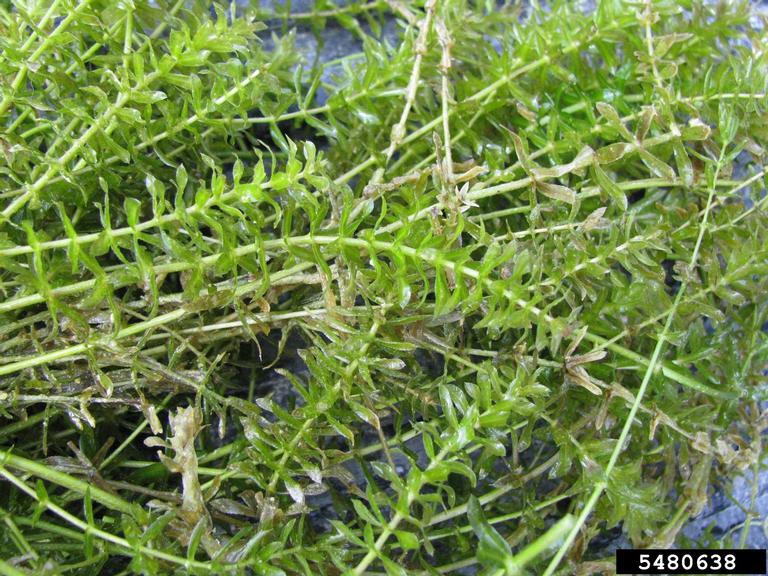
Aquaculture
Invasive Plant Factsheet: Hydrilla, water thyme
Many infestations of hydrilla begin near boat launches. Even plant fragments can survive moist conditions for several days. This fact sheet should be of interest to those boating throughout the state, well as natural resource managers.
-

Crop Production
Managing Fungus Gnats and Shore Flies in Commercial Greenhouse Vegetable Transplant Production
Both fungus gnats (Bradysia spp.) and shore flies (Scatella stagnalis) occur in the moist environments common in greenhouses. This publication is intended for commercial greenhouse growers.
-

Crop Production
Managing Cover Crops in Spring
With temperatures warming as spring approaches each year, many farmers are deep in preparations for the coming season; crop planning, purchasing seed, prepping nurseries, repairing machinery and more. In the midst of this planning one might look over the farm on a sunny day, and wonder, “What am I going to do with all this over-wintered rye cover crop?”
-

Health & Wellness
Winter Storm Preparedness
During the winter, see what conditions are forecast in your area for the upcoming week. If a winter storm is predicted, you want to be SAFE and WARM. Take actions to prepare in advance.
-

Commercial Landscaping & Turfgrass
Deer Management
The population of white-tailed deer (Odocoileus virginianus) in Connecticut has increased dramatically, from very few in the early 20th century to over 100,000 today. This rebound is due to the shortage of predators and the ability of deer to quickly and plentifully reproduce.
-
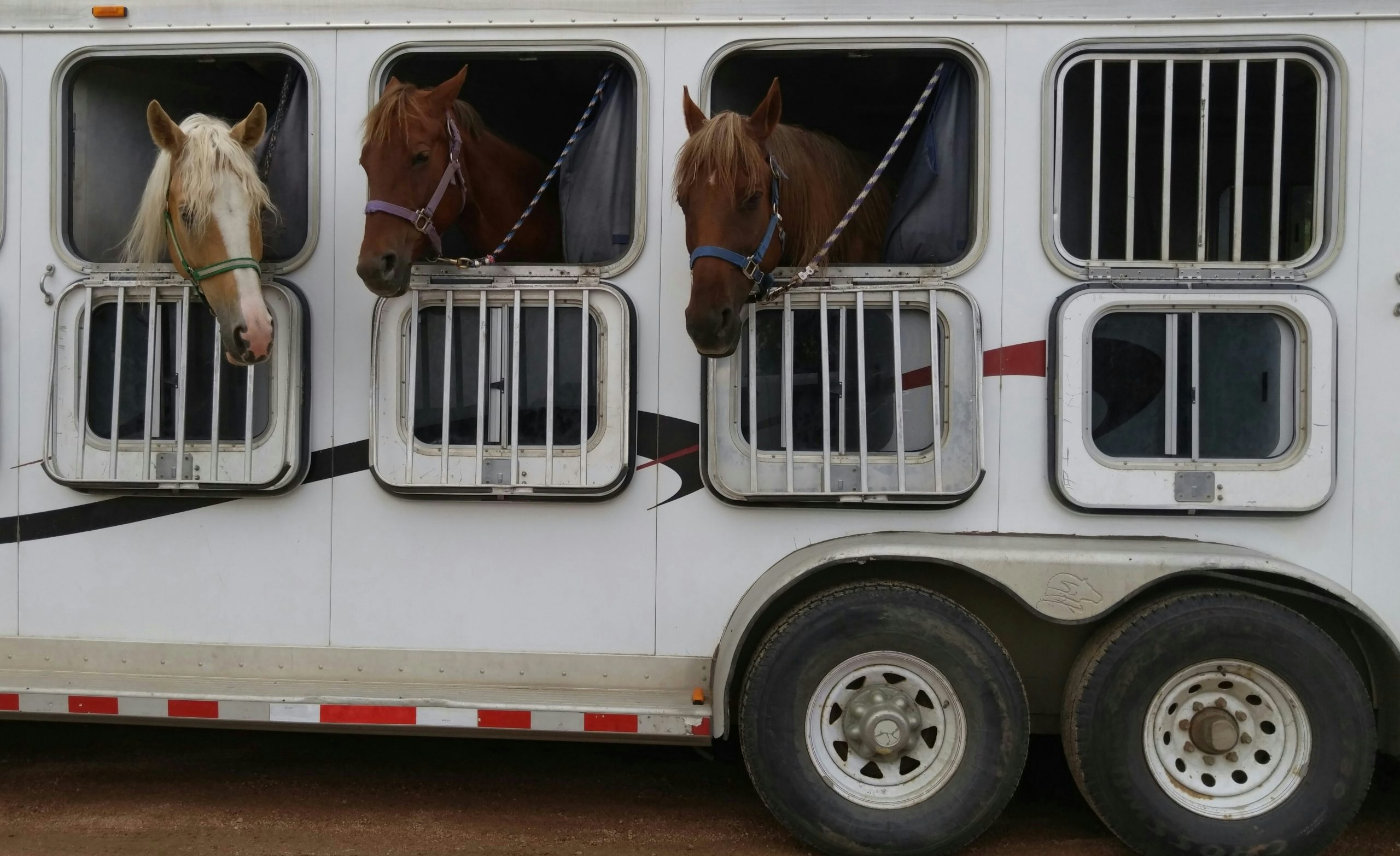
Livestock, Dairy, Equine, & Poultry Handling
Safely Trailering and Loading Your Horse
In order to have a successful trip with your horse, there are some safety considerations involved. It is important to know how to safely load and trailer your horse. Unsafe trailering and loading can lead to accidents and health concerns.
-
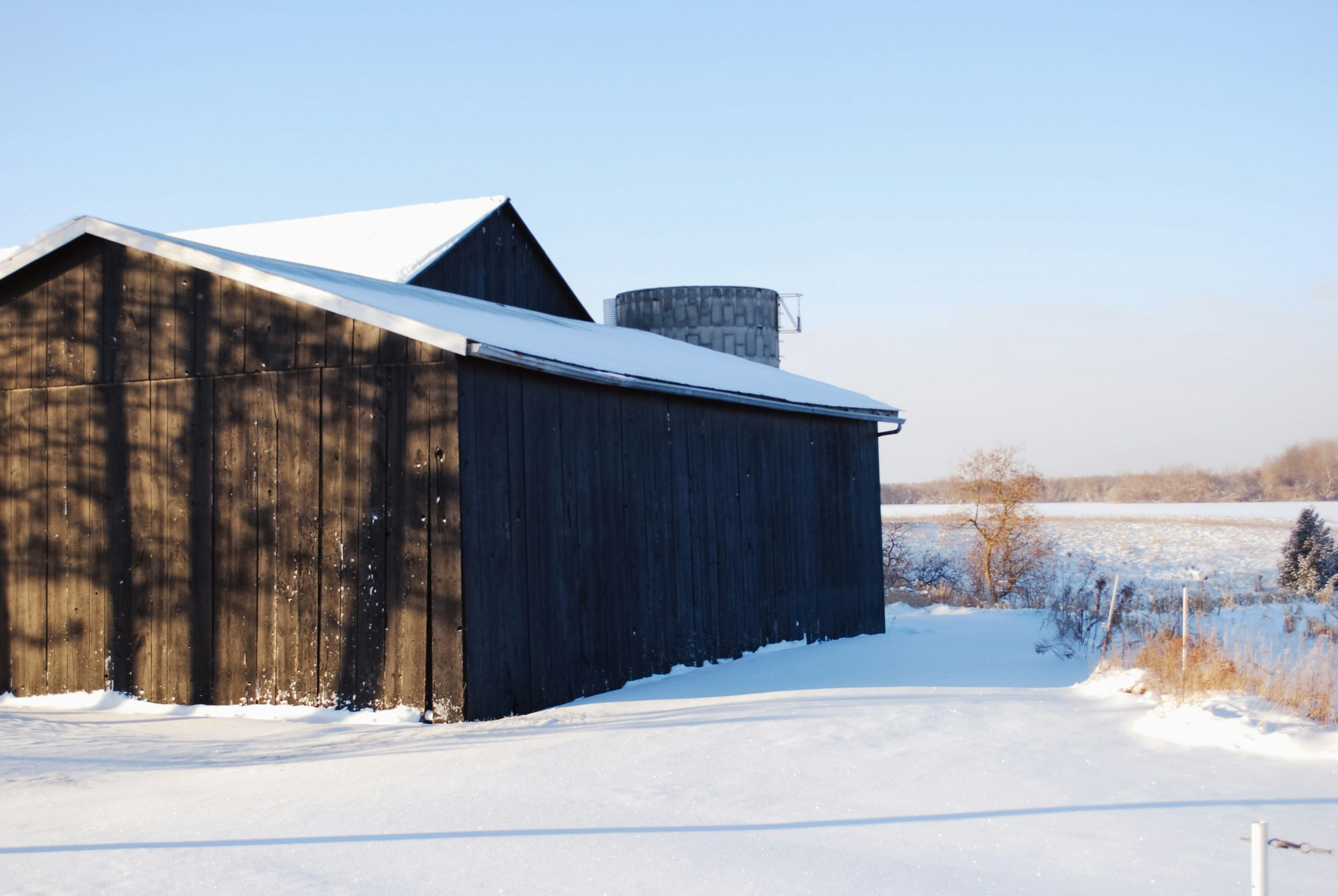
Livestock, Dairy, Equine, & Poultry Handling
Reducing Storm Damage to Your Barn
Buildings need to provide a safe environment for workers and animals. Historically, agricultural buildings were considered of low importance, so structural load reductions of roughly 20% may have been applied in the design. If there were no engineered building prints or structural inspections, the owner assumed responsibility for building design.
-
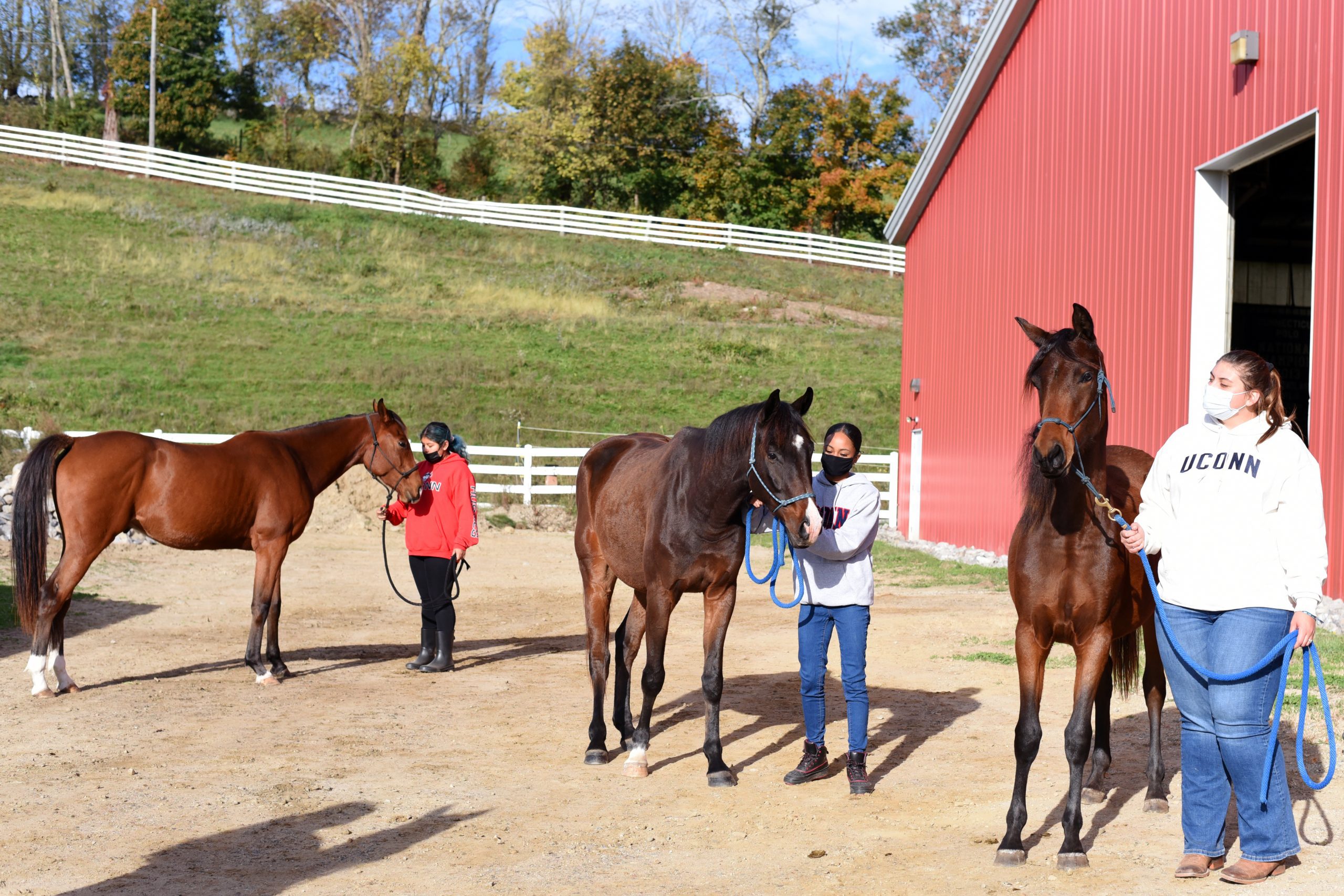
Livestock, Dairy, Equine, & Poultry Handling
How to Prepare for Equine Disasters
We have all watched the evening news and seen horses stranded in floods or have heard about the latest barn fire in our communities. First, some shocking statistics. Every year, floods in the United States cause $2 billion in damage and animals risk death from hypothermia or drowning. Annually more than 300,000 people are driven from their homes by floods.
-
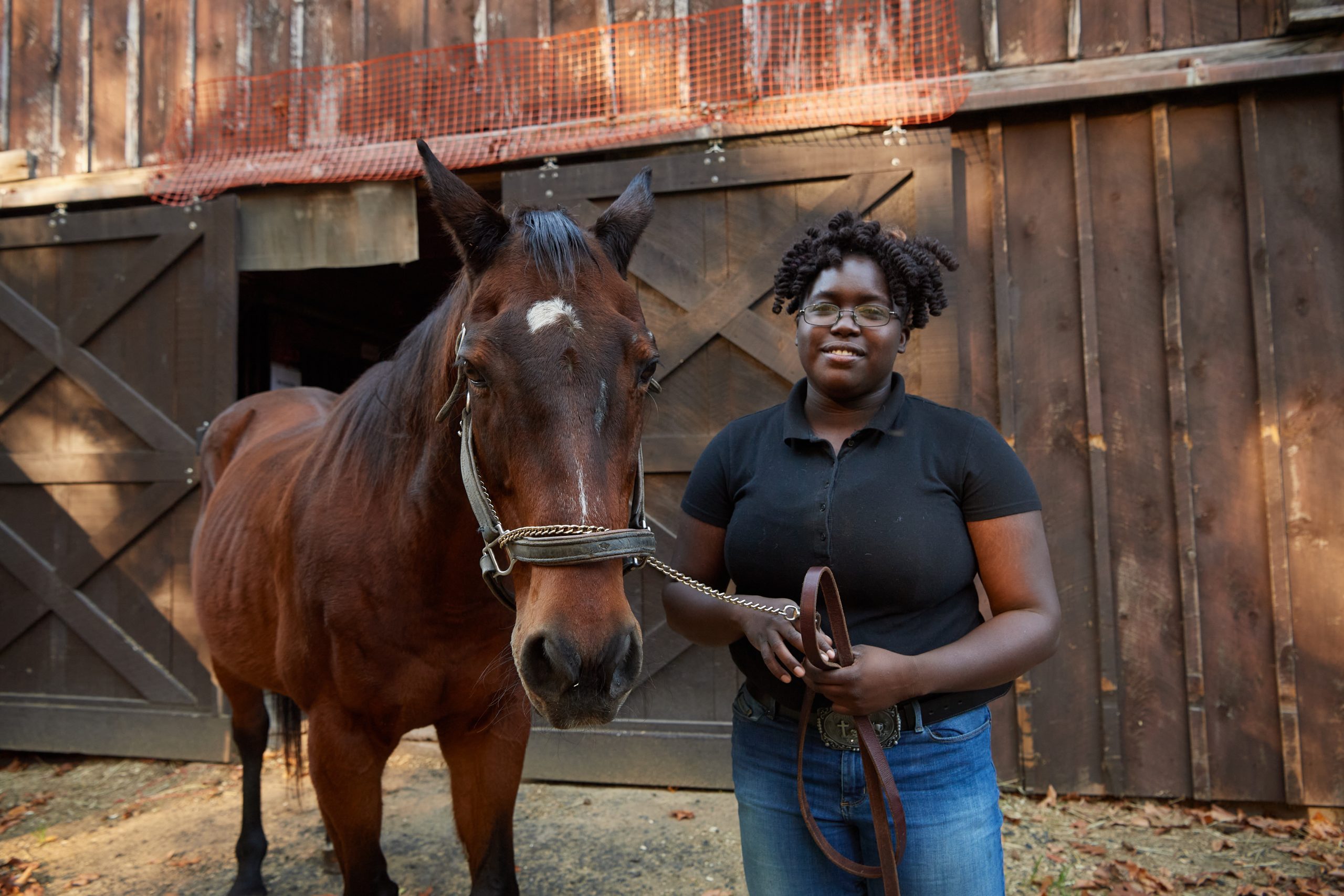
Livestock, Dairy, Equine, & Poultry Handling
Fire Safety – Prevent, Prepare and Take Action!
Fire safety may not be a thought on every horse owner’s mind, but it should be in order to prevent tragedy from occurring. It seems like every horse owner knows stories of horrific barn fires and you certainly don’t want to be the next one!
-

Environment, Land Use & Planning
Getting To the Bottom of Your Well
You turn the faucet on, and water comes out. What else do you need to know? Clean, reliable drinking water is often taken for granted. Understanding where your water comes from at your home is important. The purpose of this fact sheet is to describe how your private residential well works, and to provide advice on how to protect the quality of your water.
-

Food & Nutrition
Food Safety During a Power Outage
First, it is important to keep the doors closed on your refrigerators/freezers as much as possible, keeping the cold air inside. A refrigerator will keep foods cold for about four hours if UNOPENED. A full freezer can stay at freezing temperatures for about 2 days.
-

Health & Wellness
Financial Preparation for Severe Storms and Other Emergencies
There are several actions you can take to get your family and home ready for storms and other emergencies. What can you do to prepare financially?
-

Commercial Landscaping & Turfgrass
Alternative “Lawn” Options for New England Landscapes
Lawns are an integral component of the home landscape. Turf areas contribute recreational space and offer a focus of the landscape design. Grasses also sequester carbon and provide an efficient carbon sink.
-

Crop Production
Garlic Cultivation in Connecticut
Garlic is a staple crop in the Northeast, but it can be difficult to know exactly when to plant and harvest garlic in this region. There are quite a few important guidelines during all stages of garlic cultivation.
-
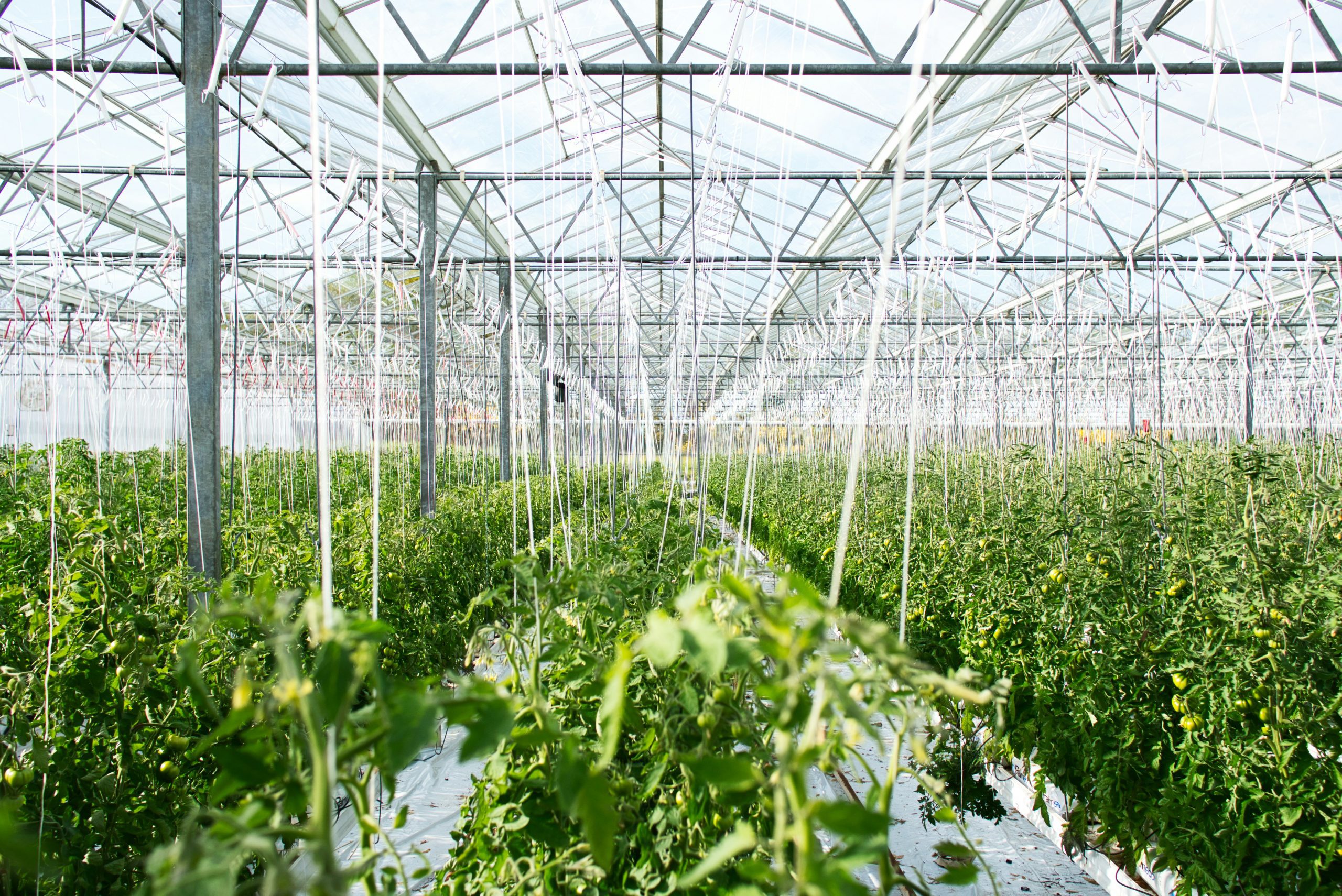
Climate Adaptation & Resiliency
Prepare Your Greenhouses for Weather Events
As the climate changes, nature seems to be getting more violent in recent years with increased numbers of hurricanes and record-breaking storms. The International Building Code has revised upward its wind and snow loading requirements for some areas of the U.S.
-

Food & Nutrition
8 Essential “Always” of Holiday Food Safety
Good food safety practices are always welcome at holiday gatherings. These eight essential always of holiday food safety help consumers practice safe food practices at home to ensure
the health and safety of friends and family. -

Climate Adaptation & Resiliency
How can we Reduce Flood Risk in our Communities?
Flooding is a natural and cyclical phenomenon – whereby during storms water overflows onto the land from adjacent waterbodies – that humans have adapted to for millennia. This fact sheet provides a brief history and additional information for municipalities, residents, farmers, and agencies on preventing, preparing for, and recovering from flooding incidents.
-

Climate Adaptation & Resiliency
Preparing Your Greenhouse for a Hurricane
Site exposure, height, shape and roof slope affect the wind load that a greenhouse can take without sustaining damage. Although most greenhouses are designed for a minimum 85 mph wind load, gusts can damage large sidewalls at even lower speed.
-
Crop Production
Start Clean and Stay Clean
It’s best not to wait until just before you start your spring seedlings, to begin cleaning, removing clutter and organizing your greenhouses.
-

Home Gardening & Landscaping
Why are Maple Leaves Turning Brown and Falling Early?
Anthracnose species are just some of the fungal diseases that affect many plants, especially those under stress. When maple trees are infected with anthracnose, one of the impacts is brown leaves during the fall.
-
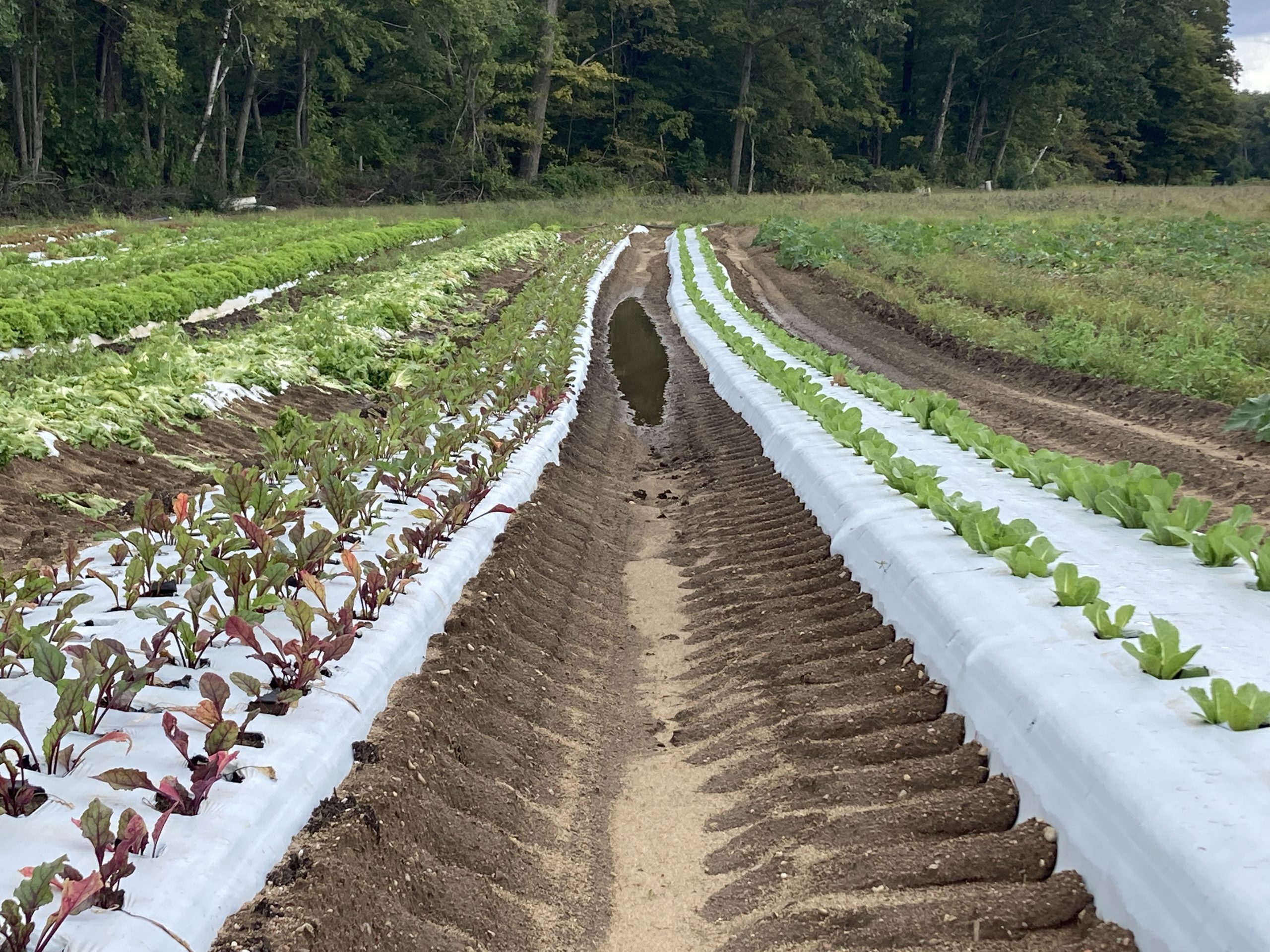
Climate Adaptation & Resiliency
Climate Adaptation Tactics in Vegetable Production
With climate change exacerbating many abiotic stresses, including heat, drought, flooding, and the increase in the frequency of extreme weather events, it is imperative to investigate adaptation tactics for successful vegetable production.
-

Crop Production
Fireblight & Mitigating Resistant Populations
Fireblight is often one of the top concerns for Connecticut fruit producers. This disease, caused by the bacterium Erwinia amylovora, is both highly destructive and infectious, making informed disease management efforts a top priority.
-
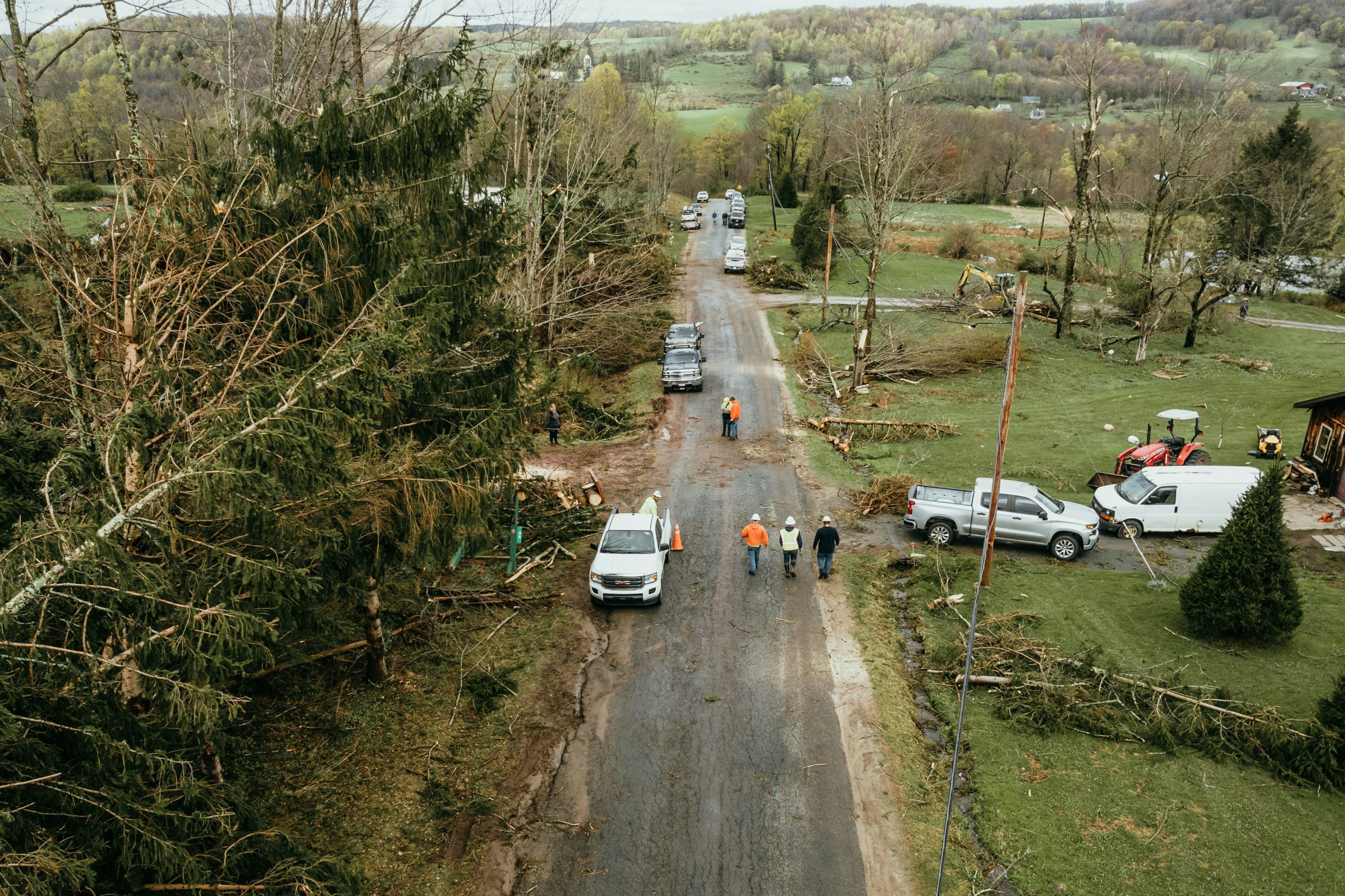
Climate Adaptation & Resiliency
Power Outages: Be Prepared for when Power Goes out
Power outages can occur at any time. Some are short-term and may last for a few hours. However, it’s important to be prepared for those that last several days to a week or more. This
publication outlines what residents need to consider and how to prepare. -

Extension Program and Community Engagement
Defining Extension Programs at the University of Connecticut: Connecticut Sea Grant
This document outlines the purpose of the National Sea Grant program, the Connecticut Sea Grant’s relationship with UConn Extension
-

Livestock, Dairy, Equine, & Poultry Handling
Flooding Preparedness for Horse Owners
Flooding is a year-round threat for horse owners and one of the most common ones that we face. This publication provides information on the two types of floods, factors to consider, and items needed in an equine disaster kit.
-

Crop Production
Beware of Hopperburn!
‘Hopperburn’ refers to the complex of symptoms associated with potato leafhopper (PLH) feeding injury. Crops primarily attacked by the potato leafhopper include potato, beans, soybeans and alfalfa. Other host plants include eggplant, cucumber, Jerusalem artichokes, squash, sweet potato and rhubarb.
-

Extension Program and Community Engagement
Defining Extension Programs at the University of Connecticut: Smith-Lever Legislation and Funding Requirements
This document is the first in a series that will identify the types of Extension programs at UConn based on their legislative mandates and funding requirements.